The U.S. government is reportedly considering approving the disclosure of at least a portion of the computer code behind the F-35 Joint Strike Fighter’s avionics and mission systems to Japan to support the development of a new stealth fighter jet for that country. Given that this is Lockheed Martin’s proprietary data, this would strongly point to ongoing discussions between that company and Japanese authorities about the potential design that blends together features and design considerations leveraged from the F-35 and the F-22 Raptor.
Japanese newspaper The Yomiuri Shimbun first reported on the potential arrangement on Apr. 18, 2019. Just a little over a year ago, the reports first emerged that Japan was in talks with Lockheed Martin about a new aircraft derived, at least in some part, from the F-35 and the F-22 that would meet that country’s requirements for a stealthy fifth-generation fighter jet.
At present, Japan also plans to purchase 147 F-35s, including more than 100 F-35As primarily to replace its fleet of aging F-4EJ Phantom II aircraft, very few of which still remain in service now, and 42 F-35Bs to equip its Izumo-class carriers. Some of the Joint Strike Fighters could end up supplanting a portion of Japan’s F-15J fleet, as well. Following a recent crash of one of the Japan Air Self Defense Force’s (JASDF) F-35As, the country reiterated its intention to continue buying the fighter jets.
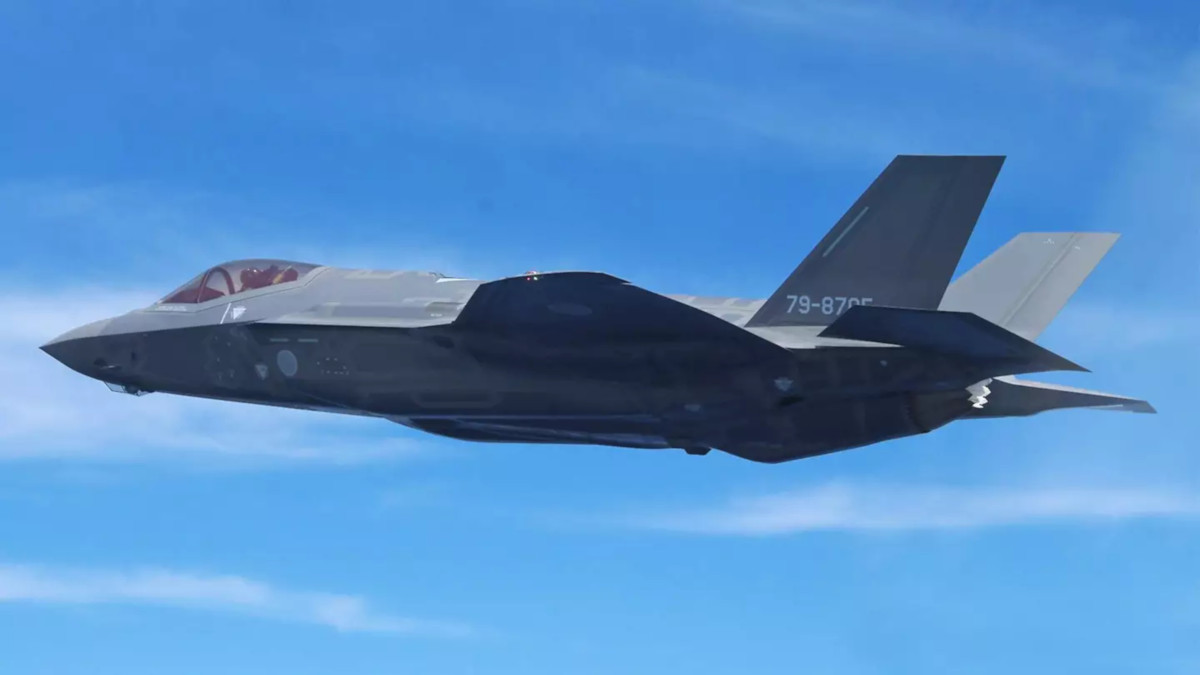
The new jet would be mainly a successor to the JASDF’s F-2 fighters, a derivative of the F-16 Viper that General Dynamics developed together with Japanese firms in the 1980s and 1990s. In 1993, General Dynamics sold the F-16 line to Lockheed Martin.
The reported new design, sometimes referred to as the F-3, would possibly leverage the F-35’s advanced avionics and mission systems and feature an airframe that takes at least some cues from the F-22. Japan tried for years to secure approval to purchase Raptors without success and Lockheed Martin has long since shuttered that production line.
Using a modified version of the F-35’s computer brain, along with other mission systems from the Joint Strike Fighter, or porting them over directly to a new airframe design, would help drastically lower developmental costs, which have historically been extremely high for any new stealth fighter. Avionics and mission systems software by itself is among the most challenging and labor-intensive parts of a new fighter jet program and the F-35’s architecture is already set up in a particularly advanced way to fuse together a vast array of information from different onboard and offboard sources.
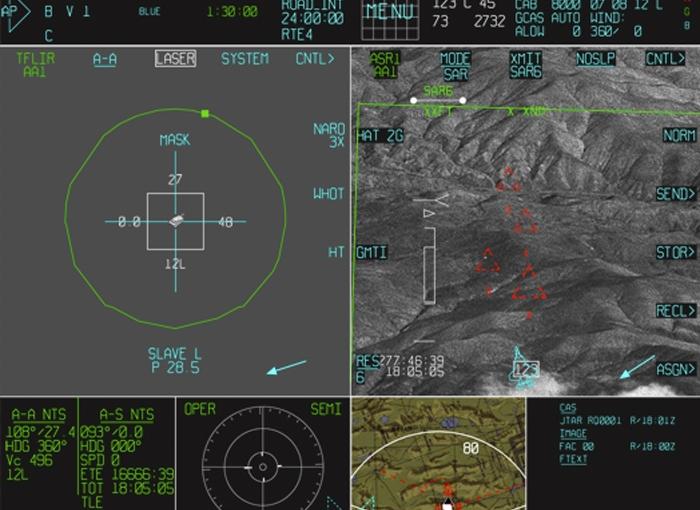
The F-35’s software has at least eight million lines of code and deeply automates the functions of various components that make up the aircraft, including flight controls, weapons deployment, sensor fusion, electronic attack, electronic surveillance, communications, navigation, and electro-optical and radar sensor systems.
In addition, Lockheed Martin has already expended considerable effort in fixing and improving the F-35’s long-troubled software over the years, which represents additional developmental steps, added risk, and associated costs, that Japan could largely skip if it decides to take this route. The notional F-3 could end up with a version of the still-in-development Block 4 software package for the F-35, which will offer even more capability, the ability to use the newest sensor configuration, and the integration of new weaponry, but has also proven to be particularly expensive. Using the same software and other mission systems from the F-35 would also give the notional F-3 valuable commonality with Japan’s existing Joint Strike Fighters.
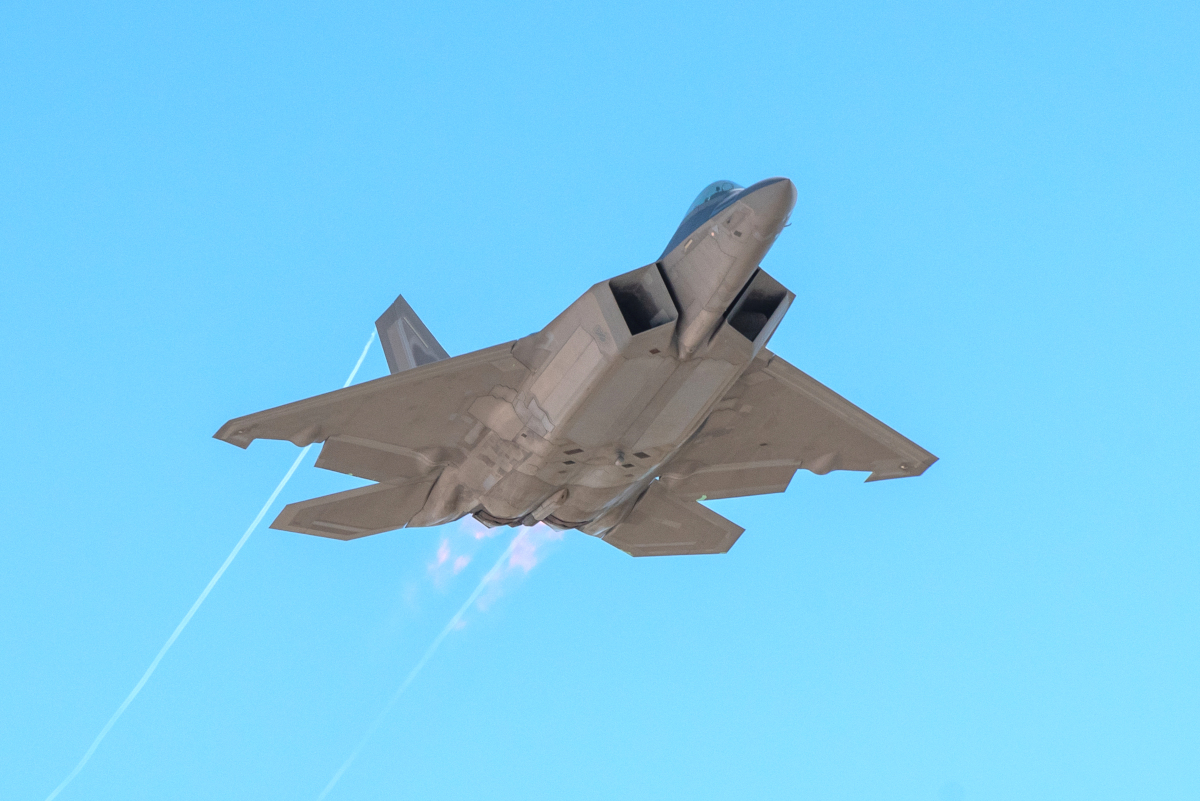
Japan’s interest now in getting U.S. government approval for Lockheed Martin to release portions of the F-35’s source code centers on a desire to make it easier for Japanese companies to integrate locally made components into the new fighter jet design, according to The Yomiuri Shimbun. The American defense giant has already proposed a design that would physically allow for the eventual replacement of the original mission system with elements from Mitsubishi Electric, as well as the use of the locally-produced IHI XF9-1 engine, according to a report from Japan’s Nikkei Asian Review in August 2018.
Having greater access to the source code would make it easier to add Japan-specific weapons to the design in the future, too. In 2017, Nikkei had also reported that European missile consortium MBDA and Mitsubishi Electric had entered into a partnership to build a new beyond-visual-range-capable air-to-air missile for the country’s F-35s. This would be a derivative of MBDA’s Meteor, which you can read about in more detail here, with a Japanese-made radar seeker and other components.
The possible new deal with Lockheed Martin could also put Japan in a relatively unique position, as the company has kept details about the F-35’s source code a closely guarded secret in the past. This could offer Japan added benefits it is also allowed to leverage work on the F-3 in the development and integration of upgrades for its Joint Strike Fighter down the road.
There have been few other reported details about Lockheed Martin’s proposed fighter jet design, proposals that could turn out to have involved multiple potential designs. A previous Nikkei report said that the aircraft would have larger and stronger wings than the F-22, allowing it to hold more fuel for greatly increased combat radius while in its maximum stealthy configuration. The F-22’s combat radius has much to be desired while operating without external fuel tanks. However, the F-35A’s publicly stated combat radius is already close to 700 miles, which is relatively substantial by current fighter standards.

Given how long the F-22 has been out of production, and how much experience Lockheed Martin has gained in the development of stealth fighters since then, it already seems possible, if not probable, that the company’s proposal involves an airframe derived as much from the F-35A as the F-22. This could possibly include a configuration that eliminates the tradeoff in the F-35’s basic airframe design required to maintain commonality with the short and vertical takeoff and landing-capable F-35B.
Questions do remain about whether or not Japan can afford to acquire a second type of stealthy fighter jet, especially one that is at all close to a clean-sheet design. Lockheed Martin’s proposal certainly does have the benefit of the company’s years of experience with both the F-22 and the F-35, as well as its pioneering work on rapid prototyping and manufacturing science. The Joint Strike Fighter itself incorporates some lessons learned from the Raptor, including a stealthy coating that is easier to maintain than the one on the Raptors.
But back in August 2018, the estimated unit cost of the new aircraft was around $216 million, for an order of 70 total aircraft, and as low as $190 million for purchase of 140 planes, according to Nikkei. The flyaway cost of an F-35A has now dropped to under $90 million.
In October 2018, The Mainichi Shimbun reported, citing anonymous government officials, that the Japanese Ministry of Defense had rejected the Lockheed Martin proposal as too expensive. The country’s authorities also said offers from Boeing and the Eurofighter consortium, for F-15 Advanced Eagles and EF-2000 Typhoons, respectively, did not meet their requirements.
Japan is also facing increasing domestic political pressure over increased defense spending at a time when overall government budgets are contracting. In December 2018, Nikkei reported that Japanese authorities were looking to sell some of the country’s older F-15Js just to help offset the costs of buying F-35s. So far, there is no evidence that Japan is moving forward with this proposal, however, and the country is also in the midst of upgrading these jets, which would make it even less likely that it would suddenly decide to sell them off in the end.
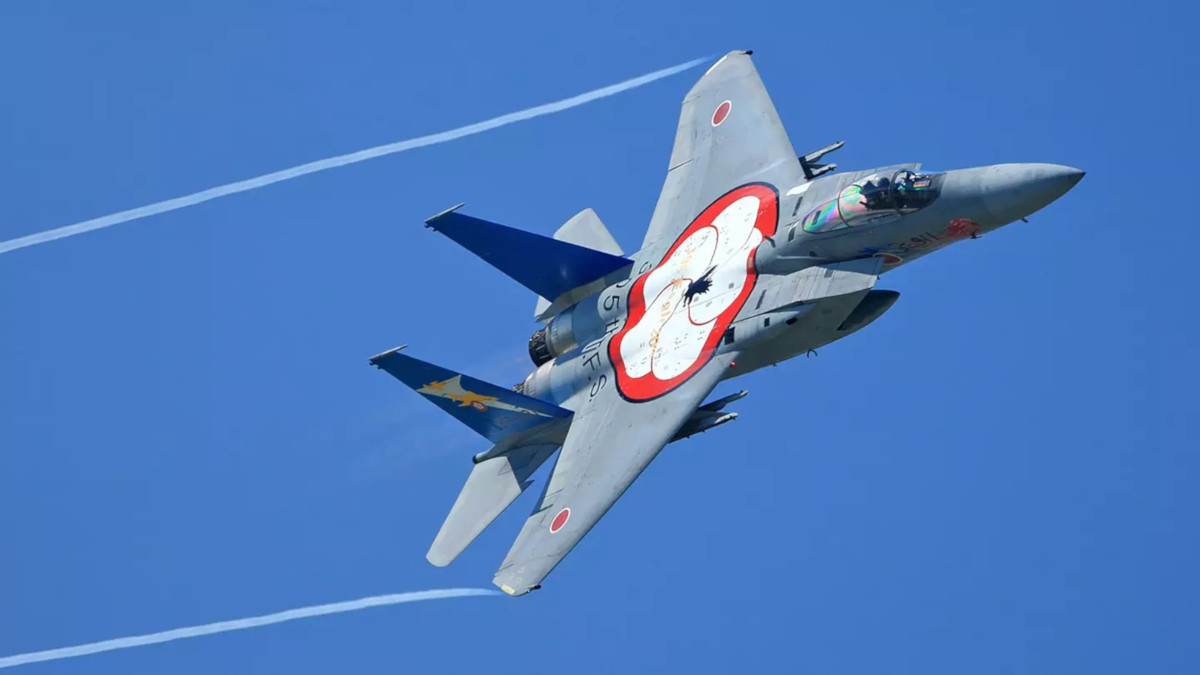
Still, earlier in April 2019, Shigeru Ishikawa, an LDP member who unsuccessfully challenged current Prime Minister Shinzo Abe for the party leadership last year, wrote a personal blog post in which he argued against Japan embarking on the development of a domestic stealth fighter, even with foreign cooperation. Ishikawa proposed developing a lower cost advanced fighter jet aircraft, along the lines of the Saab Gripen, which the country might also be able to export.
The promise of additional access into the F-35’s code could now be Lockheed Martin’s way of making its proposal more attractive. The company’s initial offer had reportedly already included a path to Japanese companies eventually taking over some 60 percent of the total production of the final aircraft. Using more of the F-35’s existing systems architecture and an airframe that borrows more from the Joint Strike Fighter’s design than from the older F-22, could also help in reducing the final unit price, as well as the developmental costs.
Still, Japan may be wary of this plan given its experience with the F-2. That aircraft turned out to be significantly more expensive than contemporary F-16s, in no small part due to its then-cutting-edge advanced electronically scanned array (AESA) radar, and many of the promised industrial offsets did not materialize.
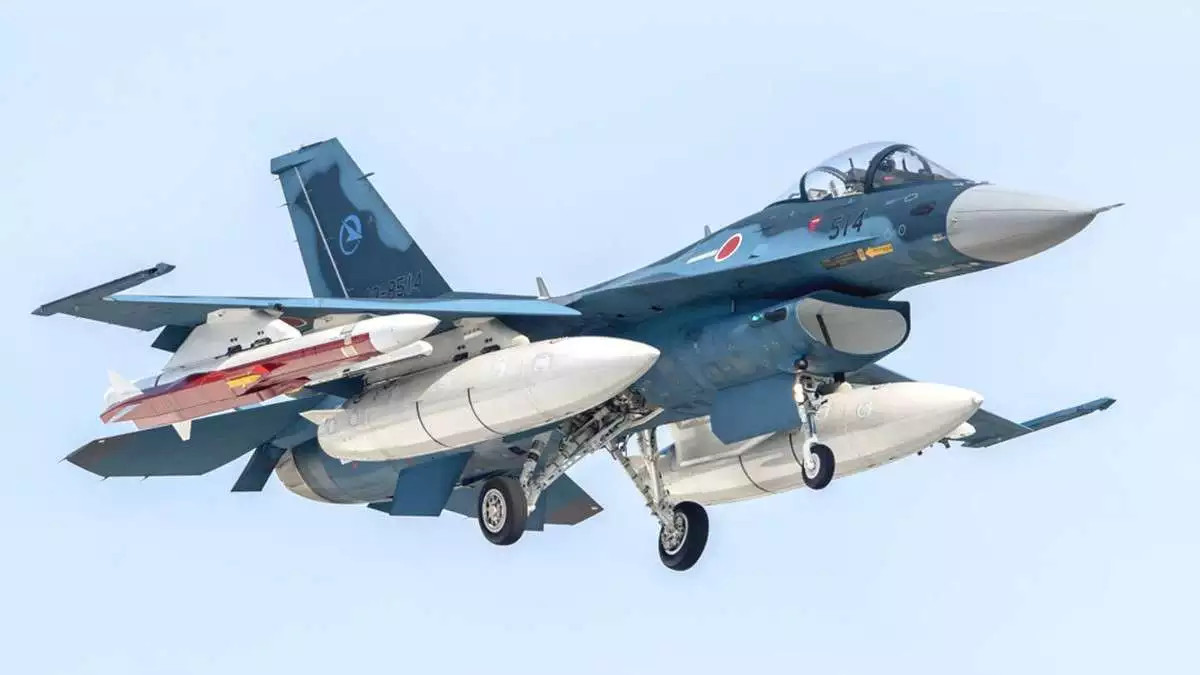
It’s not hard to see how a similar situation might emerge in the development of a new F-3 specifically for Japan. An immediate hurdle to overcome is that bringing in additional partners, the easiest way for the Japanese and Lockheed Martin spread out the financial burdens and bring down costs, could be a non-starter for this proposed program.
If Lockheed Martin, or its Japanese partners, were to offer this aircraft on the international market, it would almost certainly find itself in competition with former company’s own premier product, the F-35, in at least some cases. Just recently, the United States indicated it was looking to expand the Joint Strike Fighter program to include Greece, Poland, Romania, Singapore, and Spain.
In addition, the Joint Strike Fighter has a powerful lobby within Congress and among other advocacy groups, which has already come out strongly against the U.S. Air Force’s plans to acquire a very limited number of F-15EX aircraft, despite Lockheed Martin’s own very public insistence that it will not threaten F-35 purchases. WIth the AIr Force already facing a fight with Congress over the F-15EX program, it seems increasingly unlikely that it would partner with Japan on the F-3 project, which would also help defray the program’s costs.
Lockheed Martin was only driven to consider releasing portions of the F-35 computer code to Japan in the first place in response to a competing stealth fighter offer from the United Kingdom, according to The Yomiuri Shimbun. Though the newspaper did not specify what this offer was, in 2018, there were multiple reports that Japanese authorities were investigating whether or not to join the Tempest fighter jet program, which the U.K.’s BAE Systems is presently leading. The British government and BAE have already shown an eagerness to find international partners to help in the development of this aircraft.
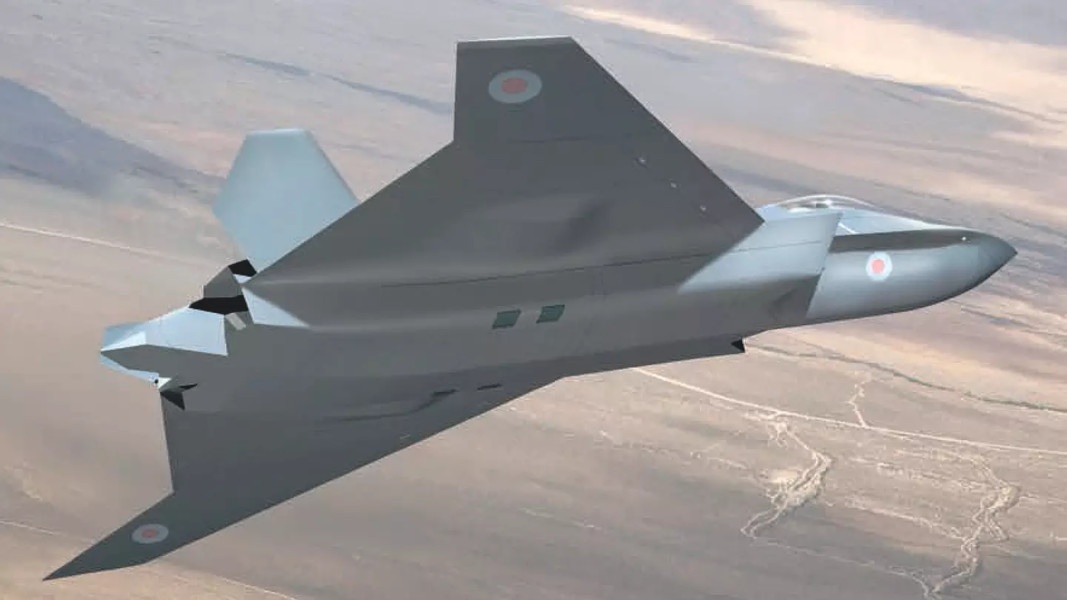
Lockheed Martin allowing greater access to the computer code running the F-35’s avionics and missions systems as part of the development of a new stealth fighter could certainly be a very appealing counter-offer. But with limited freedom, if any, to bring in additional partners to help further reduce the costs involved, it might not be enough.
Of course, all of this is dependent on whether or not the Japanese government ultimately feels it can afford any new stealth fighter in the near future.
Correction: The original version of this story incorrectly identified Shigeru Ishikawa as a former F-15 pilot and Japan’s 4th Chief of Staff the country’s Self Defense Forces. Ishikawa was neither. Shigeru Iwasaki, a former F-15 pilot, was Japan’s 4th Chief of Staff.
Contact the author: jtrevithickpr@gmail.com
